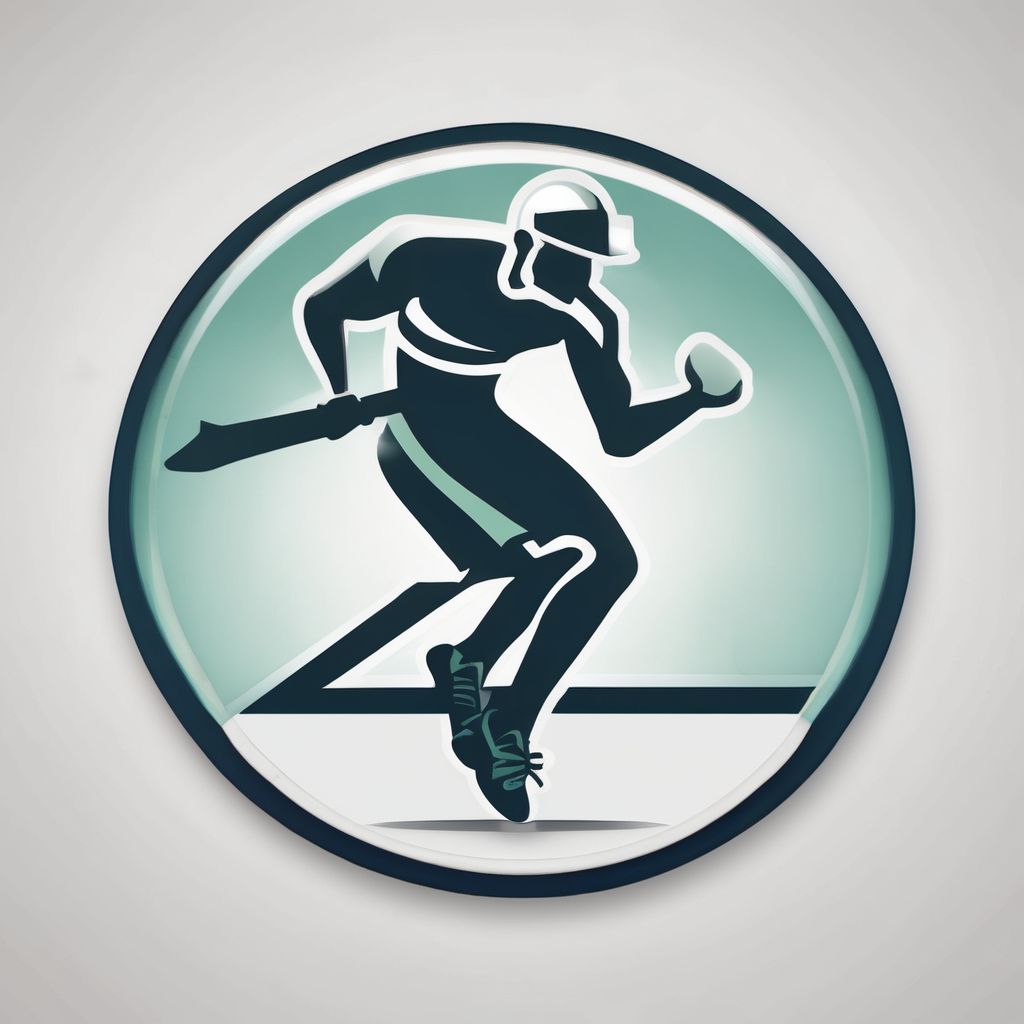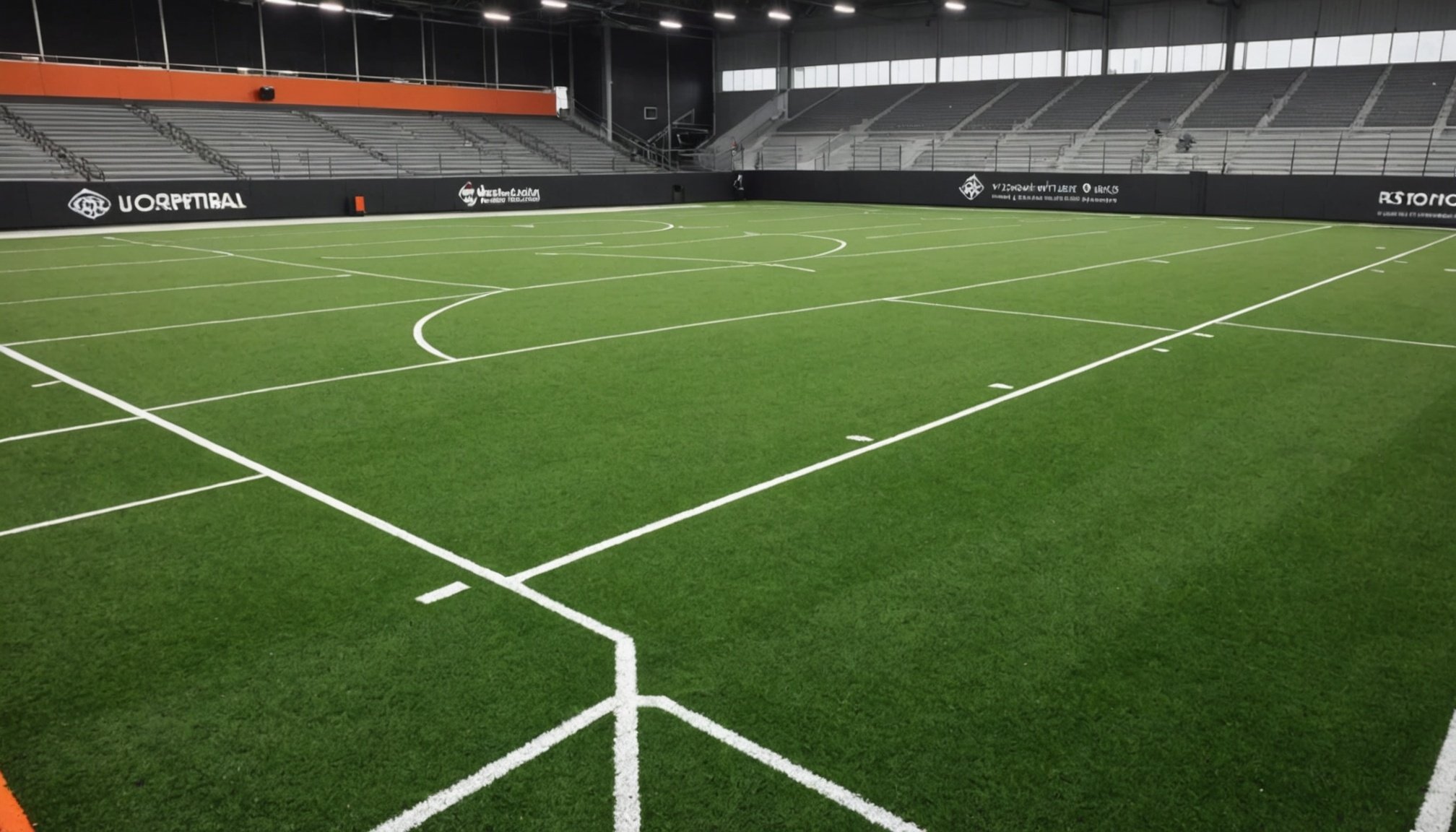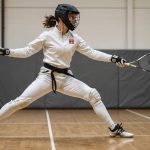Overview of Advanced Turf Innovations
Advanced Turf Technologies have revolutionized Football Training Surfaces by offering significant advantages over traditional options. The latest innovations focus on player safety and performance, meeting the demanding requirements of modern football training.
One key aspect of these innovations is the improvement in player performance. The importance of turf quality is paramount, as it ensures optimal player conditions, significantly affecting skills like speed, agility, and precision. Advanced turf offers a uniform and cushioned playing field, reducing irregularities common in natural grass, which can influence player mishaps and injuries.
Topic to read : Unlock Your Football Excellence: Top No-Gym Exercises to Elevate Your Game
When compared to traditional surfaces, advanced turfs provide enhanced durability and less maintenance. These surfaces maintain their integrity under extensive wear and diverse weather conditions, unlike natural fields that can degrade quickly, affecting practice schedules. Furthermore, these turfs often incorporate advanced material compositions designed to mimic the natural feel of grass, ensuring a smooth transition in play dynamics between different fields.
Incorporating advanced turf technologies can lead to longer-lasting fields, less frequent interruptions due to repair or poor conditions, and ultimately, safer playing environments. The thoughtful selection of these surfaces reflects commitment to both sports safety and excellence in player development.
Have you seen this : Top Recovery Strategies for Football Players After Intense Double-Header Matches
Benefits of Advanced Turf for Player Performance
Improved Traction and Stability
Advanced turf technologies play a crucial role in enhancing player performance by providing reliable traction and stability. The surfaces are designed with precision to mimic the natural grip of grass, allowing football players to maintain control during rapid movements. Unlike traditional grass, which can become slippery, these engineered turfs offer firm footing, reducing the chances of unintended slips.
Consistent Surface for Training
Uniformity is another hallmark of advanced turfs, providing a consistent surface that significantly benefits training. This even play area ensures that players can focus on honing skills like ball control without uneven patches disrupting practice. The lack of variability found in natural fields means that athletes can train with a certainty that their surface conditions won’t vary from one session to the next.
Reduced Injury Risks
Perhaps one of the most significant advantages of advanced turf is its impact on reducing injury risks. The surface is engineered to cushion falls and absorb shocks, which can lead to fewer injuries. Studies indicate a marked decrease in issues like ankle sprains and knee injuries, promoting safer training environments. The investment in quality turf ultimately reflects the prioritization of player health and long-term athletic career sustainability.
Safety Considerations in Turf Selection
Sports safety is paramount when considering turf safety features. Advanced turf products are equipped with critical features to enhance player safety, such as shock absorption layers that minimize impact forces during falls. This cushioning effect significantly reduces injuries, protecting against common issues like concussions and joint strain.
Material composition plays a crucial role, with synthetic fibres that mimic natural grass while offering superior durability and resilience. These materials are designed to withstand rigorous training and various weather conditions, maintaining safety standards over time.
When selecting a playing surface, it’s vital to adhere to established safety standards and certifications. These certifications ensure that the turf meets specific criteria for traction, impact reduction, and environmental safety. For instance, surfaces meeting the FIFA Quality Programme standards guarantee optimal performance and player security.
In essence, advanced turf technologies prioritize player safety by integrating thoughtfully engineered features and adhering to stringent standards. This ensures that players train in environments that minimise injury risk, reflect safety-focused innovation, and promote well-being on the field. Prioritising such safety considerations is a critical component of modern football training infrastructure.
Training Efficiency Enhancements
Optimising Training Efficiency is a primary goal of incorporating advanced turf into Football Training Techniques. These surfaces provide exceptional versatility for diverse training applications, accommodating various drills and exercises. From agility drills to tactical simulations, the consistent and durable nature of advanced turf facilitates more effective training sessions. Coaches can easily modify training routines without worrying about surface limitations, leading to improved player skills and conditioning.
Advanced turf also offers the benefit of year-round usability. Traditional grass surfaces may suffer from weather-related disruptions, but modern turf ensures that training can continue under various weather conditions. This advantage not only enhances skill development but also promotes consistent practice schedules throughout the seasons, avoiding delays caused by rain or snow.
Furthermore, the increased practice time attributed to modern turf can transform team dynamics. Testimonials from coaches highlight significant time saved due to fewer maintenance demands and reduced weather-related cancellations. The result is more efficient use of valuable practice periods, allowing teams to focus on developing strategic prowess and achieving their competitive goals. This, in turn, fosters an environment conducive to progressive football training and athlete growth.
Expert Opinions on Turf Innovations
Understanding expert analysis complements the existing benefits of advanced turf technologies. Sports scientists consistently provide insights that underscore these innovations’ role in transforming football training environments. For instance, they emphasize how the improved turf safety features help reduce injuries, contributing to overall player longevity.
Additionally, testimonials from renowned coaches affirm the practical benefits of these advancements. Coaches note considerable enhancements in player performance, attributing them to the enhanced training conditions provided by modern turf. With firmer and more reliable surfaces, players demonstrate notable improvements in agility and precision during drills and competitive play.
Notable case studies further illustrate the successful integration of these technologies. Teams that have embraced advanced turfs report reduced downtime for field maintenance and optimal sports safety conditions. Through these case studies, we observe common strategies teams use when making the transition, highlighting the importance of selecting the right turf based on specific needs.
Expert opinions and coach endorsements offer a comprehensive view on the substantial impacts and practical benefits advanced turf technologies bring to football training, encouraging teams to consider these insights for effective implementation.
Real-World Applications and Success Stories
Advanced Turf Technologies have transformed many Football Training Surfaces into success stories. By examining real-world applications, we see how innovative turfs enhance football training environments.
Featured Success Stories from Teams
Numerous teams report substantial benefits after switching to advanced turf. Such surfaces have provided not just consistent gameplay, but also tangible improvements in training efficiency. A notable case: a European football team saw injury rates cut by 30% after its transition.
Before-and-After Comparisons
Comparative analyses illustrate the striking differences pre- and post-installation of advanced turf. Before installation, practice sessions often faced disruptions due to poor weather conditions or maintenance. Post-installation, teams maintained uninterrupted schedules, maximising practice time.
Lessons Learned from Turf Installations
Implementing turf technology might involve challenges, such as initial costs and adjusting player dynamics. However, teams consistently found solutions by prioritising extensive training on new surfaces. Feedback indicates these adjustments fostered long-term performance and safety benefits. Considering these experiences can guide emerging teams in making informed decisions about turf implementation.
Recommendations for Choosing the Right Turf
Choosing suitable artificial turf for football training demands consideration of various factors to optimise both player performance and safety. Key aspects include turf quality, durability, and specific training needs. The right turf recommendations depend on balancing these features with budget constraints.
It’s essential to evaluate the maintenance requirements of varied turf options. High-quality artificial turfs generally require less upkeep than traditional grass, leading to cost savings in the long run. Teams should also factor in the lifespan and warranty services offered by manufacturers to ensure sustained performance.
When selecting turf, consult on specifications like pile height and infill type, which influence playing conditions. For example, adequate pile height can improve shock absorption, crucial for minimizing injuries during practice. Additionally, advanced turfs with environmental benefits – such as heat reduction technology – maintain comfort and safety in varying climates.
Top-rated turf options offer comprehensive advantages such as resilience under intense use and diverse weather. Teams might prioritise surfaces certified under recognised standards, like FIFA’s Quality Programme, to ensure they provide exceptional sports safety and playability.
Ultimately, assessing these considerations will guide teams to make informed, cost-effective choices tailored to their football training needs.





